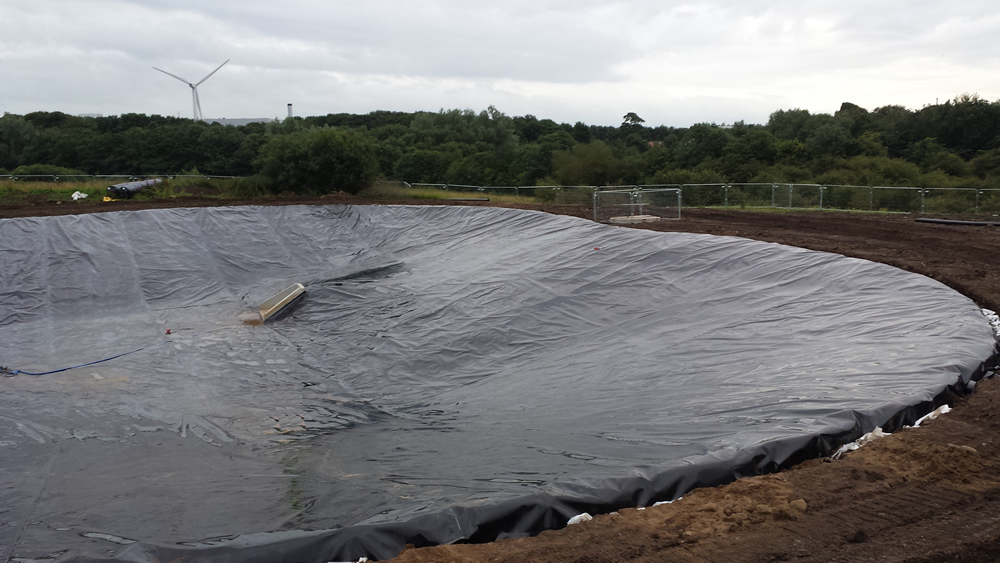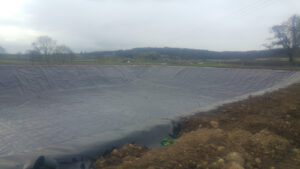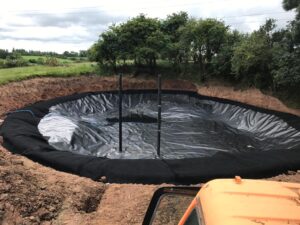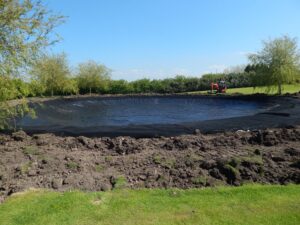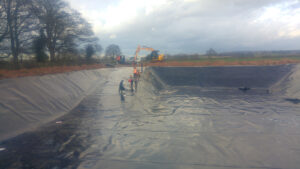Geomembrane containment liners are vital components used in various industries to create impermeable barriers for containment purposes. These liners, typically made from synthetic materials, serve as reliable barriers against seepage, preventing the migration of liquids or gases.
Understanding Geomembrane Containment Liners
Geomembrane containment liners are synthetic sheets or membranes designed to create impermeable barriers for containment applications. These liners are engineered using materials like high-density polyethylene (HDPE), polyvinyl chloride (PVC), ethylene propylene diene terpolymer (EPDM), or other synthetic polymers. Their primary purpose is to prevent the seepage of liquids, gases, or contaminants in various industrial and environmental settings.
Uses Across Different Industries
Environmental Protection: Geomembrane liners are used in environmental protection applications such as landfills, where they act as barriers to prevent leachate, a liquid generated by decomposing waste, from contaminating surrounding soil and water sources.
Mining and Containment: In mining operations, these liners are utilised in containment ponds or tailings storage facilities to prevent the release of harmful substances into the environment.
Water and Wastewater Management: Geomembranes play a crucial role in water containment structures like reservoirs, ponds, or wastewater treatment facilities, ensuring the safe storage and management of water resources.
Benefits of Geomembrane Containment Liners
Seepage Prevention: Their impermeable nature prevents the migration of liquids or gases, effectively containing substances and preventing environmental contamination.
Durability and Longevity: Geomembranes offer resistance against punctures, tears, and chemical degradation, providing long-term durability and reliability.
Customisation and Adaptability: These liners can be customised to fit specific project requirements, accommodating various shapes and sizes of containment structures.
Environmental: Geomembrane liners contribute to environmental conservation by preventing contamination and minimising the impact of industrial activities on ecosystems.
Types of Geomembrane Liners
HDPE Geomembranes: High-density polyethylene liners are durable, flexible, and commonly used in containment applications due to their chemical resistance and robustness.
PVC Geomembranes: Polyvinyl chloride liners offer flexibility and resistance to UV radiation, making them suitable for various containment environments.
Applications in Environmental Conservation
Landfills: Geomembrane liners in landfills prevent leachate from seeping into the soil, safeguarding groundwater and preventing environmental pollution.
Reservoirs and Water Storage: They are utilised in constructing reservoirs and water storage facilities to ensure safe and efficient water management.
Conclusion
Geomembrane containment liners are indispensable in various industries, providing effective barriers against seepage and contamination. Their role in safeguarding the environment, preserving water resources, and facilitating responsible waste management underscores their significance across diverse industrial and environmental applications. As industries continue to prioritise environmental sustainability and regulatory compliance, geomembrane containment liners remain essential in ensuring containment integrity and environmental protection.
To find out more about our products and services and how we can help you, please contact us using the below –
Tel: 01695 228626
Email: enquiries@enviroseal.co.uk

